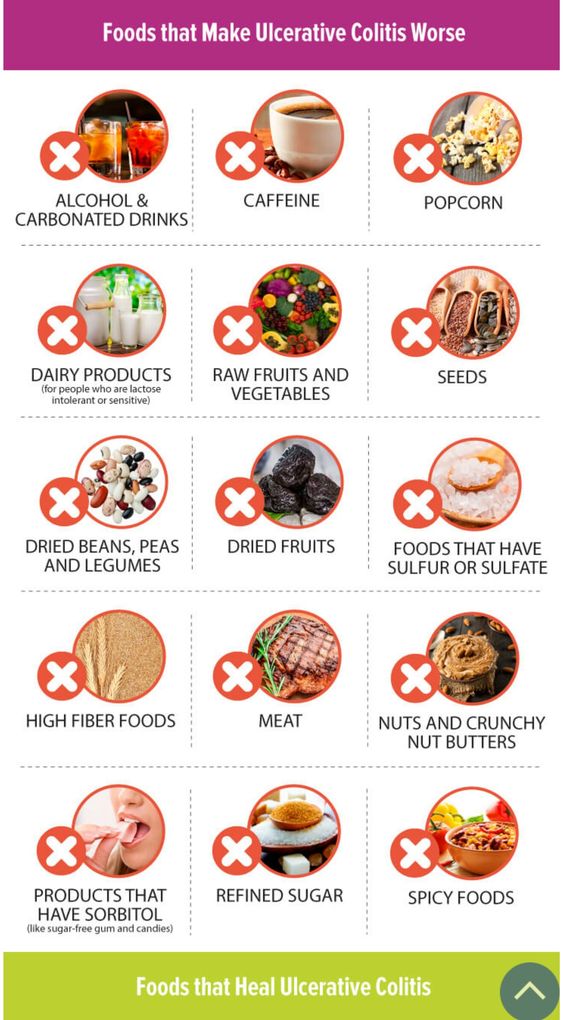Some NCLEX PN Study Guide incorporate multimedia elements, such as images and videos, to enhance learning and understanding.
NCLEX Managing Pressure Ulcers Questions - NCLEX Questions on Managing Pressure Ulcers
Managing Pressure Ulcers NCLEX Questions Test Strategies
- Pressure ulcers are skin injuries caused by prolonged pressure, which can lead to necrosis and ulcers.
- There are four stages of pressure ulcers: stage 1 (red intact skin with no wounds), stage 2 (abrasion and visibility of subcutaneous skin), stage 3 (dermis part is lost and forms sunken hole), and stage 4 (full skin is lost, opening underlying muscles, tendons, or bones).
- Additionally, there are two other types of pressure ulcers that do not fit into these stages: unstageable and deep tissue injury.
- Nursing management for pressure ulcers involves identifying high-risk patients, regularly repositioning immobile patients, and developing a plan for skin care.
- The dressing used for each type of ulcer may vary, but the procedure or nursing management is the same.
- For stage 1 ulcers, gentle cleaning with mild soap and water is recommended.
- For stage 2 ulcers, a salt water rinse to remove loose, dead tissue is recommended.
- Different types of dressings can be applied to different types of pressure ulcers, depending on the stage and severity of the ulcer.
- Regular cleaning and changing of the dressing is recommended, with frequency varying depending on the severity of the ulcer.
- For unstageable and deep tissue injury ulcers, surgical interventions may be necessary in addition to dressings.
Managing Pressure Ulcers NCLEX Practice Questions
Question 1.
Mrs. Agrima is a 67-year-old patient who was recently admitted to the hospital after falling and breaking her hip. She has been bedridden for the past week and is at high risk for developing pressure ulcers due to her immobility. As the nurse on duty, you have been tasked with managing Mrs. Agrima's skin care to prevent the development of pressure ulcers.
Which of the following is the most appropriate dressing for a stage 2 pressure ulcer?
(a) Nontransparent hydrocolloid dressing
(b) Composite film hydrocolloid dressing and hydrogels
(c) Hydrocolloid hydrogel covered with foam dressing and gauze
(d) Calcium alginate gauze
Answer:
(B) Composite film hydrocolloid dressing and hydrogels
Explanation:
To solve this question, you should first identify the stage of the pressure ulcer, as this will help narrow down the options. In this case, the ulcer is a stage 2, so you should eliminate any options that are not appropriate for this stage. The correct answer should be a dressing that is specifically recommended for stage 2 ulcers.
Rationale:
The correct answer is (b) Composite film hydrocolloid dressing and hydrogels. This type of dressing is specifically recommended for stage 2 pressure ulcers because it helps to remove loose, dead tissue and can also help prevent the growth of bacteria around the affected area.
(a) Nontransparent hydrocolloid dressing is not the correct answer because it is specifically recommended for stage 1 pressure ulcers. (c) Hydrocolloid hydrogel covered with foam dressing and gauze is not the correct answer because it is specifically recommended for stage 3 pressure ulcers. (d) Calcium alginate gauze is not the correct answer because it is specifically recommended for stage 4 pressure ulcers.
Question 2.
A patient is admitted to the hospital with a stage 3 pressure ulcer on their back. As a nurse, how would you manage this wound? What is the appropriate dressing for a stage 3 pressure ulcer?
(a) Nontransparent hydrocolloid dressing
(b) Hydrocolloid Hydrogel covered with foam dressing and gauze
(c) Hydrocolloid Hydrogel covered with composite film hydrocolloid dressing
(d) Calcium alginate gauze
Answer:
(b) Hydrocolloid Hydrogel covered with foam dressing and gauze
Explanation:
To solve this question, you should first recall the appropriate dressing for each stage of pressure ulcer. In this case, the patient has a stage 3 pressure ulcer, so you should remember that the appropriate dressing for a stage 3 ulcer is hydrocolloid hydrogel covered with foam dressing and gauze.

Explanation of why the options are correct or incorrect:
(a) Nontransparent hydrocolloid dressing - Incorrect, this dressing is appropriate for a stage 1 pressure ulcer.
(b) Hydrocolloid Hydrogel covered with foam dressing and gauze - Correct, this is the appropriate dressing for a stage 3 pressure ulcer.
(c) Hydrocolloid Hydrogel covered with composite film hydrocolloid dressing - Incorrect, this dressing is appropriate for a stage 2 pressure ulcer.
(d) Calcium alginate gauze - Incorrect, this dressing is appropriate for a stage 4 pressure ulcer.
Rationale:
The rationale for using hydrocolloid hydrogel covered with foam dressing and gauze for a stage 3 pressure ulcer is that the foam conforms to uneven wound surfaces and the hydrocolloid helps to protect the wound and promote healing. The gauze is also used to protect the wound and keep it clean.
Question 3.
Which of the following is a stage 3 pressure ulcer?
(a) Red intact skin with no wounds
(b) Some abrasion and visibility of subcutaneous skin
(c) Dermis part is lost and forms sunken hole
(d) Full skin is lost opening underlying muscles, tendons or bones
Answer:
(C) Dermis part is lost and forms sunken hole
Rationale:
Option (c) is correct because it accurately describes the characteristics of a stage 3 pressure ulcer, which is a sunken hole with visible pink area and body fat with serums and blisters. Option (a) is incorrect because it describes a stage 1 pressure ulcer, which is characterized by red intact skin with no wounds.
Option (b) is incorrect because it describes a stage 2 pressure ulcer, which is characterized by some abrasion and visibility of subcutaneous skin. Option (d) is incorrect because it describes a stage 4 pressure ulcer, which is characterized by full skin loss and possible damage to underlying muscles, tendons, or bones.
Also Read:
